Co-chairs of the The National Gallery’s young patrons programme, Young Ambassadors, Sabine Getty and arts specialist Harriet Clapham share their take on London’s ever-blossoming art scene.
The newly launched Young Ambassadors programme, open to people aged 20 to 45, is “designed for a diverse group of young professionals who are passionate about art.” Supporting the National Gallery, whilst enjoying close access to the gallery’s collection and experts, it offers a unique point of entry to the art world – past and present. We caught up with the duo behind the initiative to learn more about it.
Tell us about your new initiative, Young Ambassadors at the National Gallery…
This is the first time in the National Gallery’s history that there has been a formal programme to engage young patrons with the collection. Since its establishment, the museum has always had contact with living artists via its residencies or exhibitions – Van Gogh visited the National Gallery in 1884 and was so struck by Meindert Hobbema’s Avenue at Middelharnis that it became a major influence on his work. David Hockney would encounter the very same picture over 100 years later and make Tall Dutch Trees After Hobbema as a direct response. There are so many of these special moments and connections that coalesce to make the National Gallery a unique place. The goal of the Young Ambassadors is to spotlight these aspects of the collection for the next generation of visitors and supporters.
Who can apply to be a Young Ambassador?
Anyone with a passion for the history of art, who either wants to learn more about the National Gallery’s work or is already knowledgeable and enthusiastic about what they do and offer. This is the Nation’s Collection, so it is important to us that our group captures the diversity of young Britain.
You are co-chairs of the programme, what does that entail?
We meet with our wonderful Steering Committee regularly to discuss our programme of events and brainstorm ideas for the future. We also help to organise events and host ourselves where possible. Our focus for the moment is Frieze, which creates a great opportunity to unite contemporary artists with the Gallery’s masterpieces. Our programme will include the opportunity to view the collection through the eyes of a selection of living artists.
Can you tell us a little about the Hans Holbein the Younger painting which inspired the programme’s name?
We are so fortunate that this is our group’s icon. This was actually the first picture to be acquired by the National Gallery with privately donated funds, so it is an incredible example of what individual giving can achieve. It was painted by Hans Holbein, the most accomplished portraitist of the sixteenth century, and regular guest of the Tudor court. It is one of Holbein’s finest paintings, highly intricate yet produced on a grand scale, containing many surprises and illusions that you can rediscover repeatedly as a viewer. The still life’s – books, musical, and mathematical instruments – all point to the discord that Britain was experiencing at the time as Henry VIII and Anne Boleyn had recently married, causing England’s terminal break with the Catholic Church. Those very familiar with the picture can spot the crucifix, almost hidden behind the brilliant green curtain, in the top left corner of the panel. It is just fascinating that these pictures are windows into distant times.
Credit: CFloBrooksPhotography
What are three of your favourite pieces across the National Gallery’s collection?
Sabine’s edit:
1. Number one has to be Jean-Auguste-Dominique Ingres’ Madame Moitessier, which contains the most spectacular depiction of jewels and drapery. She is the embodiment of 19th-century French opulence and style, yet her pose is derived from an ancient-Roman mural that Ingres would have seen on a visit to Naples, so there is this tension between subject and portrayal. The painting also took 12 years to complete, due to unforeseen delays, during which time women’s fashion had changed so significantly that the artist had to make many adjustments to her clothing to ensure the portrait wouldn’t look dated. I love the idea that the extreme beauty of this picture masks its complexity.
2. When one thinks of the National Gallery, the first thing that often comes to mind is historic painting, however, the museum has the most spectacular Impressionist collection. Next on my list is Monet’s Irises, which were among the artist’s favourite flowers. Monet painted this close to the end of his life and it’s a wonderful example of the confidence of his later style, where we see his landscapes become almost abstract.
3. Vincent Van Gogh’s Sunflowers is an icon of the Gallery, and one of its most visited pictures. This is one of five versions of Sunflowers on display in museums across the world, which Van Gogh made to decorate his house in Arles in preparation for a visit from his friend and fellow artist, Paul Gauguin. What is so special about the Sunflowers is that these were the first paintings Van Gogh made in Arles that really demonstrate the expressive painting style that he would be most celebrated for in the years following his death. There is this dichotomy of beauty and tragedy, vitality and decay that is encapsulated by the Sunflowers.
Harriet’s edit:
I love Sabine’s selection, particularly as the Young Ambassadors had the chance to experience these paintings after dark during our launch party (pictured in feature), which was very special. For me, the excitement of visiting the National Gallery is that you can also steep yourself in some of the grandest mythology or history paintings in existence. My picks will take us to a different part of the museum:
1. Titian’s Bacchus and Ariadne, which is not only one of the most beautiful pictures in the collection, it is incredibly forward-thinking in terms of the artist’s presentation of the subject. Titian has depicted three separate moments in the love story of Bacchus and Ariadne in one image to create an uninterrupted narrative. I think of it as a very sophisticated, early story board – it becomes cinematic in that the tale unfolds before our eyes. Bridget Riley also loves this picture; there is a great interview online in which she analyses the composition, understanding it as a series of triangles.
2. Paolo Uccello’s The Battle of San Romano – this painting is full of dynamism and geometry. We also see the beginnings of artistic perspective in European painting, which is a thrill to behold while standing in central London.
3. Lord Leighton’s Cimabue’s Celebrated Madonna, a fantasy subject painted in the 1850’s depicting a religious procession set in 13th-century Florence. We see Cimabue walking hand-in-hand with his pupil, Giotto (arguably the two fathers of Western art). This is all about passing the artistic torch, inheriting one’s place in the canon of art history which, for me, beautifully encapsulates what the Young Ambassadors is all about – artistic dialogue and exchange at its height. It is also perfectly displayed at the top of the stairs in the Sainsbury Wing, so it’s almost hidden in plain sight.
What first sparked your love of art?
Harriet: For me, it was my mother’s influence. As children we were fortunate to travel to beautiful cities such as Rome and Paris, and I wondered why certain architecture, sculpture, and painting looked the way they did. The more I saw, the more fascinated I became by the origin of aesthetics. I was desperate to understand the story of art.
Sabine: My mother too was always really passionate about art and would take my brother and me to every museum, wherever we travelled to. He would always be distracted whereas I was fascinated and glued to the audio guides, listening to every description of each painting. That’s still something I really value in this journey – in connecting with art, you are always learning. It has the power to open minds.
Credit: CFloBrooksPhotography
What are some of your favourite galleries to visit?
Gagosian of course (where Harriet used to work). We are also fans of Lisson’s programme, Timothy Taylor’s, and Hauser & Wirth’s. If you ever want to see a beautifully curated, highly tasteful show, head to Ordovas on Saville Row.
What was the first artwork you acquired?
Harriet: For me, it was a ceramic packet of Marlboro Reds by Katy Stubbs. It’s a great conversation starter, but I also admire the next generation of artists who are returning to this process. Ceramic production has never changed since its invention and requires the technical skill of the artist’s hand. Like oil painting, it’s evidence of the necessity of science to art.
Sabine: This wasn’t really an acquisition, but we are fortunate to live with a beautiful series of small paintings by Sol LeWitt. It was a gift for our home in London, so they carry sentiment as well as being something I love visually.
Is there a recent addition to either your personal collection, or the gallery’s, you’re particularly inspired by?
The acquisition of Artemisia Gentileschi’s Self Portrait as Saint Catherine of Alexandria was a very proud moment for the National Gallery. It is a rare example of a self portrait by a female artist in the collection, and a formidable picture in its own right. This represented an important moment of diversification in the Gallery’s history, which is a key focus for the museum going forward.
Which is more important to you – art’s social or economic value?
Absolutely social, which goes on to inform an object’s economic value in any event, the latter simply a product of the former. The cultural value of art is far more significant in terms of its ability to shape and express the views of its author and society at large at the time. For example, we look back at The Ambassadors today and have an incredible snapshot into one of the most formative moments in British history. That is the true power of art.
What city’s art scene excites you the most and why?
We discussed this recently and realised how prominent London has become as a leader for contemporary art and burgeoning talent. Its history as a key cultural centre is clear but this is a special place that continues to evolve and sit at the cutting edge of the arts; in music, film, theatre, opera, photography, and of course, painting and sculpture.
What other clubs and schemes can young collectors get involved in?
The Serpentine and V&A both have great young patronage programmes. Many of our members have cross-pollinated and we love to collaborate, as well as with institutions in other cities. Watch this space…


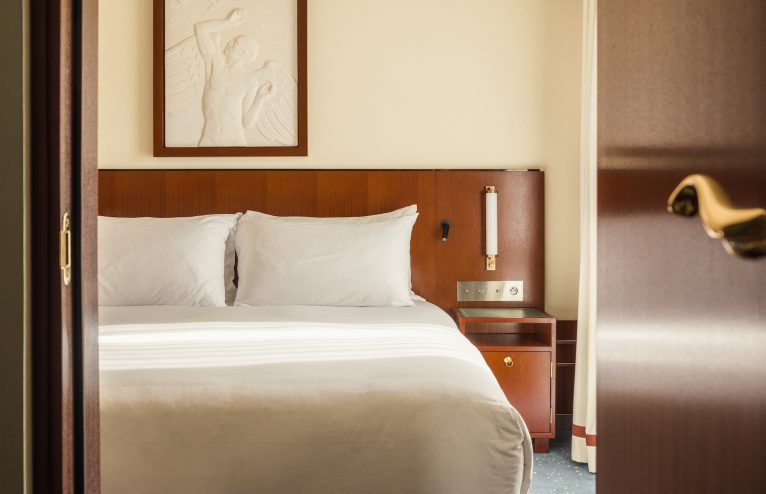



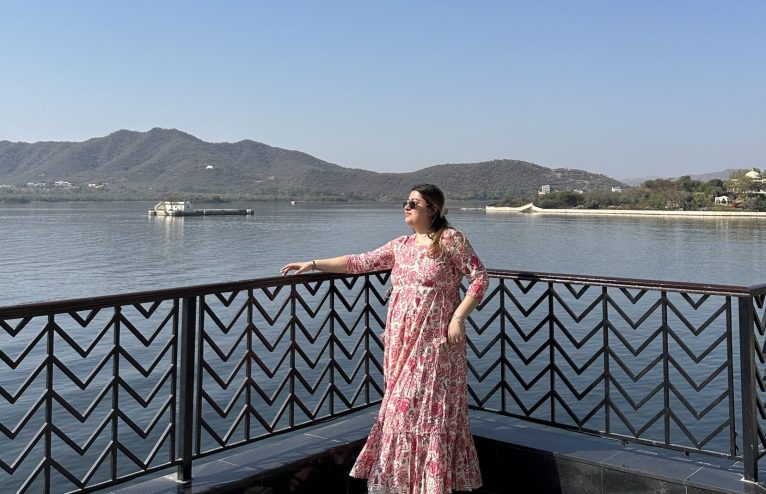
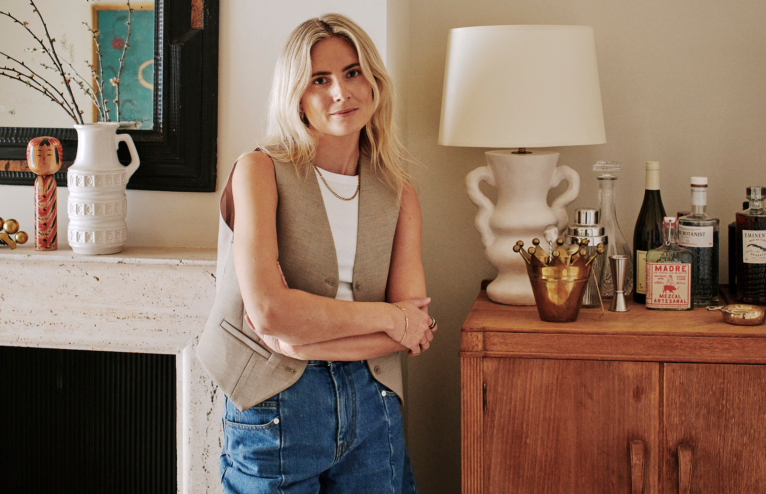
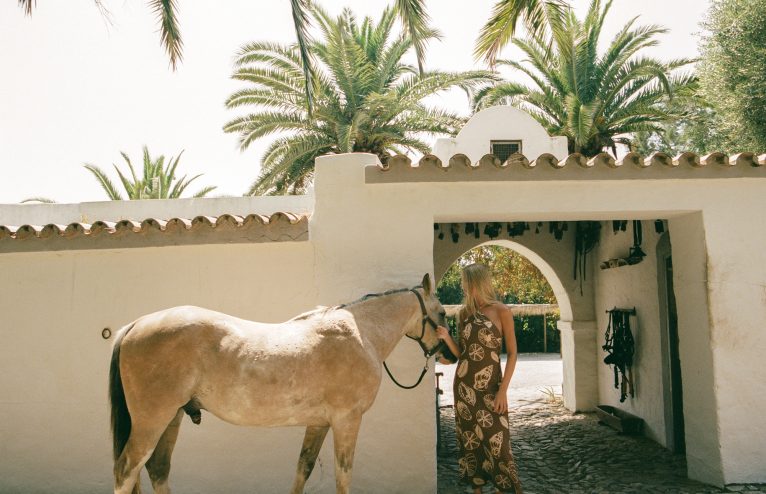
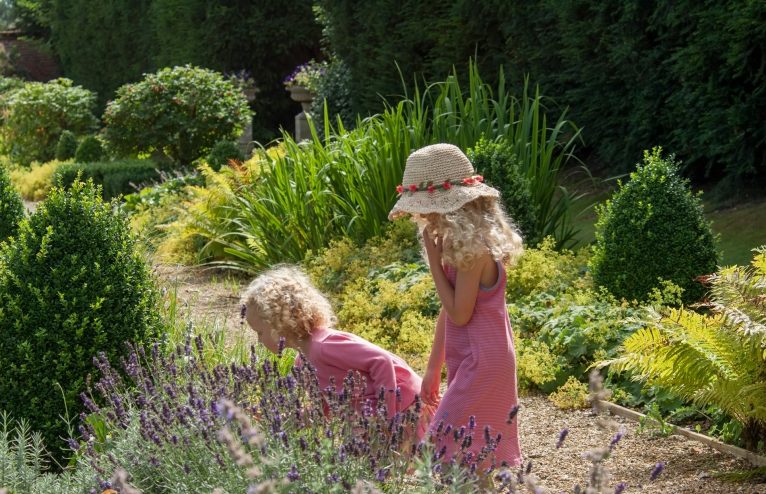






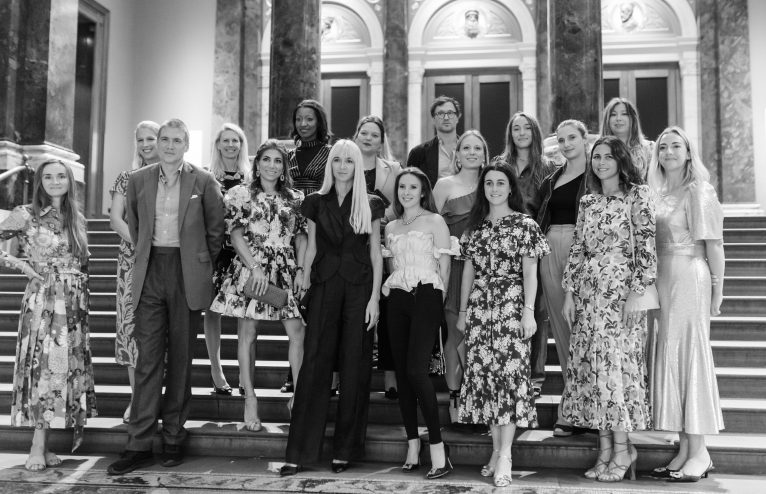

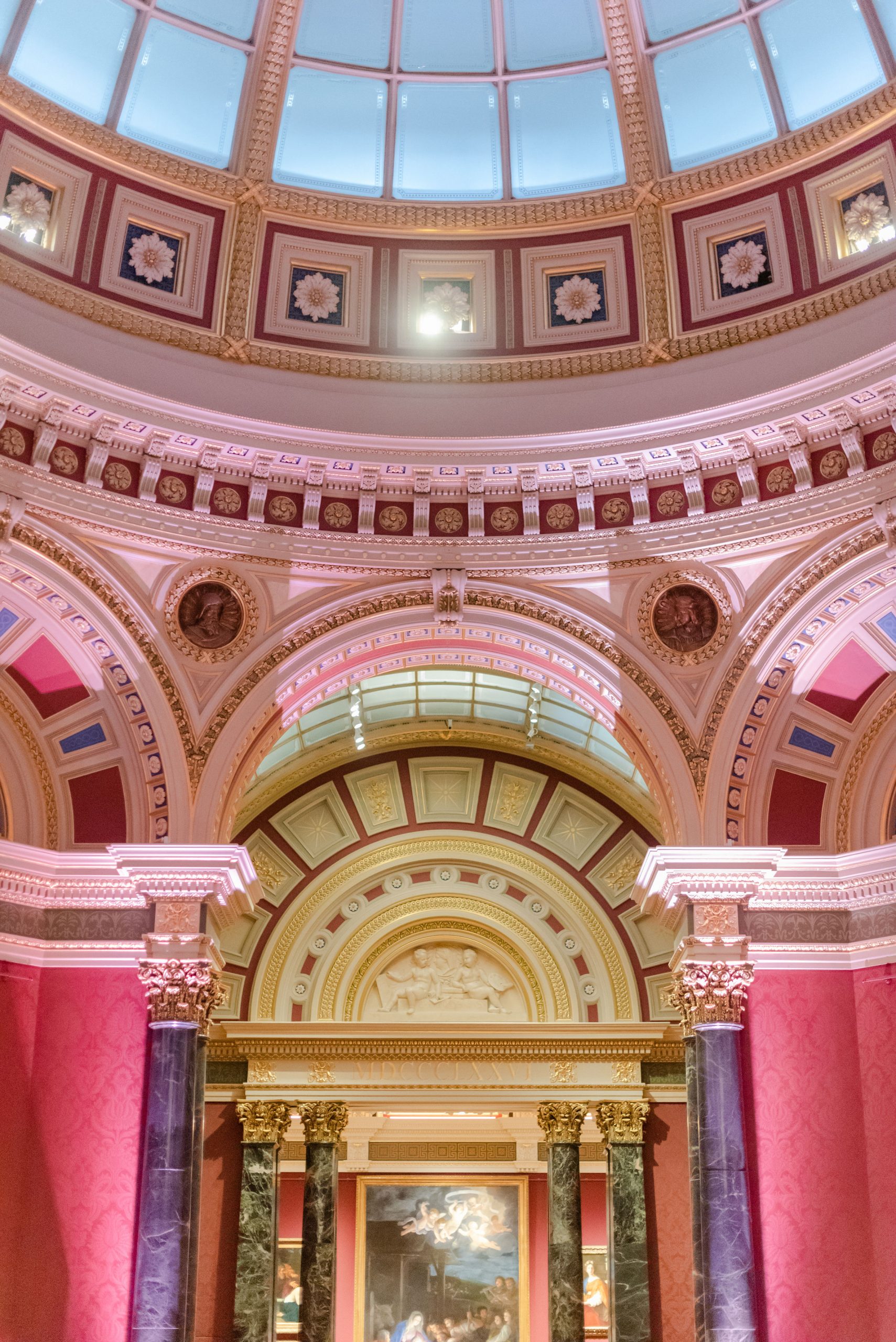
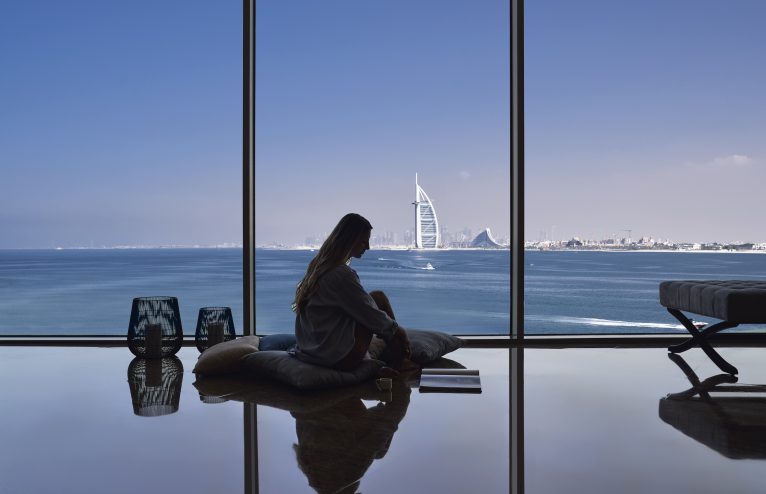
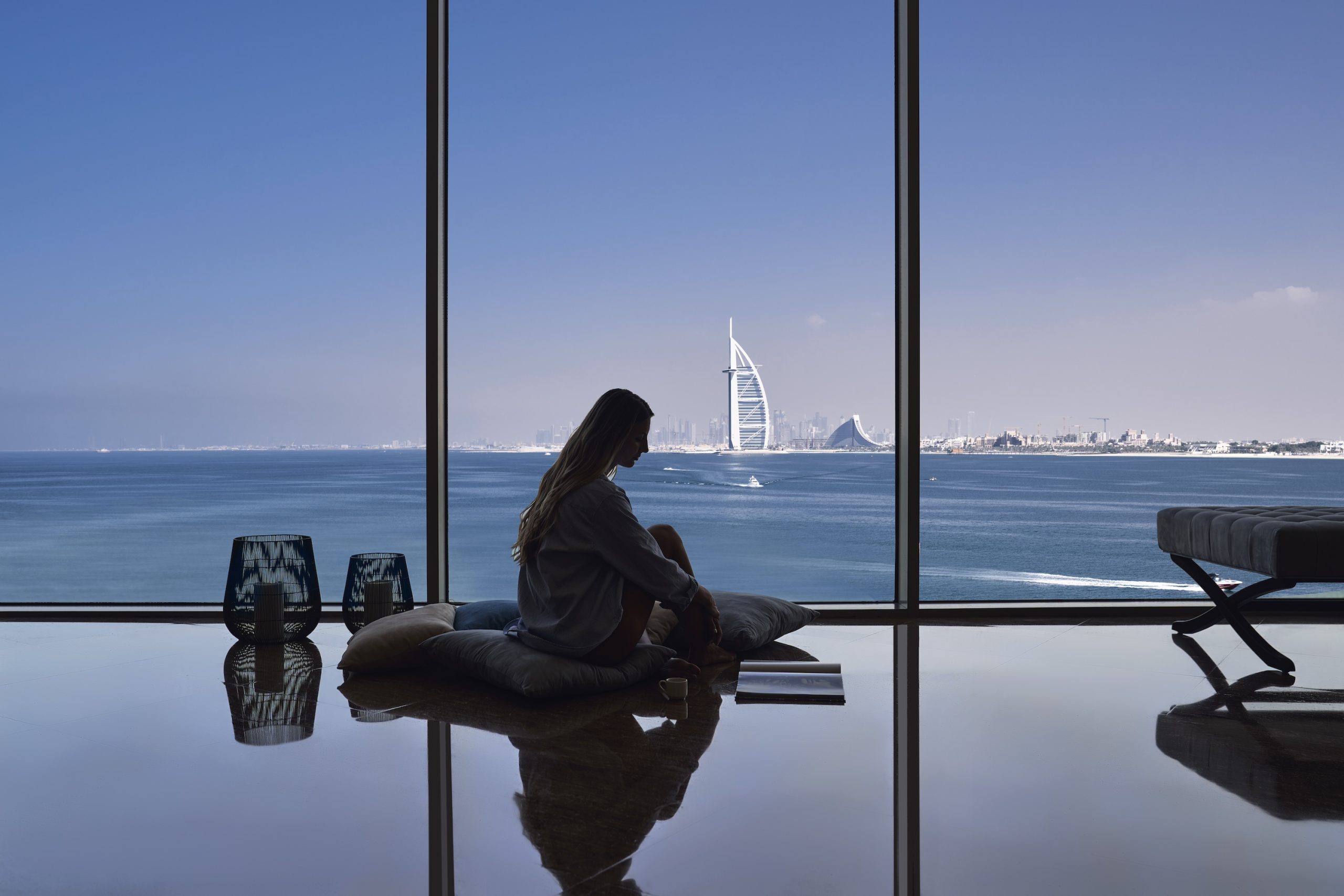
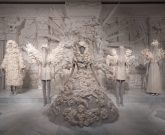


Any Questions or Tips to add?